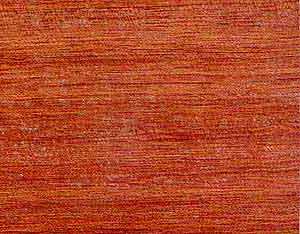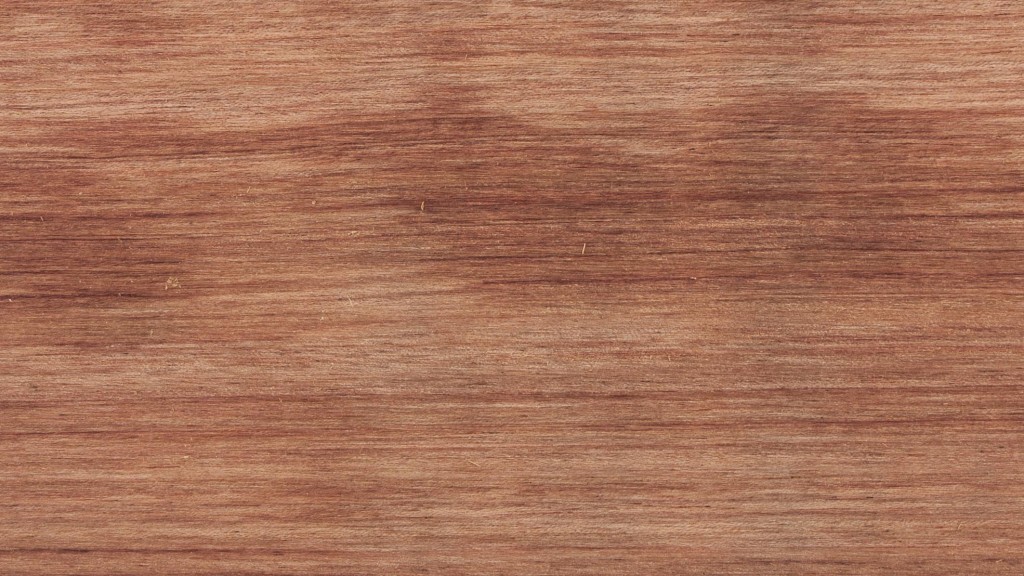All About Bubinga
We answer all of your questions about Bubinga Wood so you can understand this great wood option better.
Where is Bubinga from?
Equatorial Africa specifically western Africa including Gabon, Congo, and Angola.
What is it usually used for?
Bubinga wood is commonly used in fine furniture and cabinetwork, decorative veneers, fancy turnery, inlay work, joinery, flooring, and decorative panelling. It is valued because of it’s strength to weight ratio, it beautiful figuring, and it’s close resemblance to rosewood. Because of its availability of wide widths and long lengths, Bubinga is used for solid countertops, and tabletops. Since it comes from large logs, it is not unusual to see perfectly Quarter-sawn boards wider than 15”.
How should you finish Bubinga?
Tung oil is recommended to for finishing to bring out the deep tones of the wood. Bubinga should be wiped down with lacquer thinner to remove oils prior to sealing.

What are some consideration when working Bubinga?
Bubinga is easy to work overall, though some species can have silica present, which can dull cutting edges. The wood has figuring or interlocking grain have been known to have tearout occur during planing. Gluing can occasionally be problematic due to the woods high density and natural oils. The wood turns and finishes well.
How does ETT Fine Woods’s quality of Bubinga compare to the competition?
All ETT Fine Woods’s lumber inspectors have decades of experience. Each piece of lumber is hand inspected to ensure the best grade. Over our 172 years of business, we have learned to purchase the best lumber from reputable mills that stand behind their product. We always have 4/4 and 8/4 Bubinga available for sale. Please check our Stock-List for this fine wood and the other may fine Hardwoods we carry.

Why is it also called African Rosewood?
Bubinga is often referred to as “African Rosewood” because of its resemblance to Honduras Rosewood. However, unlike Honduras Rosewood, which tends to be narrow and shot, it has wide widths (often averaging 10” or better), and long lengths (up to 20’, usually averaging 12’ or better). It sells for about 60% of the price of Honduran Rosewood. Bubinga Heartwood is a pink, vivid red, or red brown with purple streaks or veins, on exposure becomes yellow or medium brown with a reddish tint, veining becomes less conspicuous; sapwood whitish and clearly demarcated.